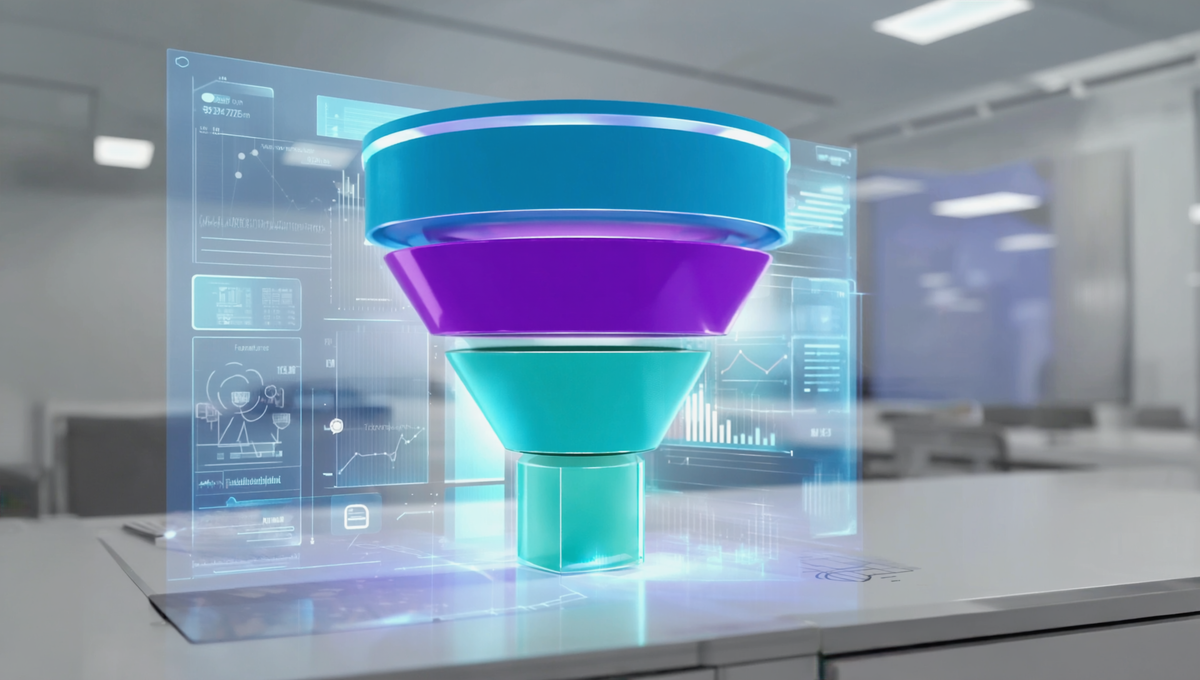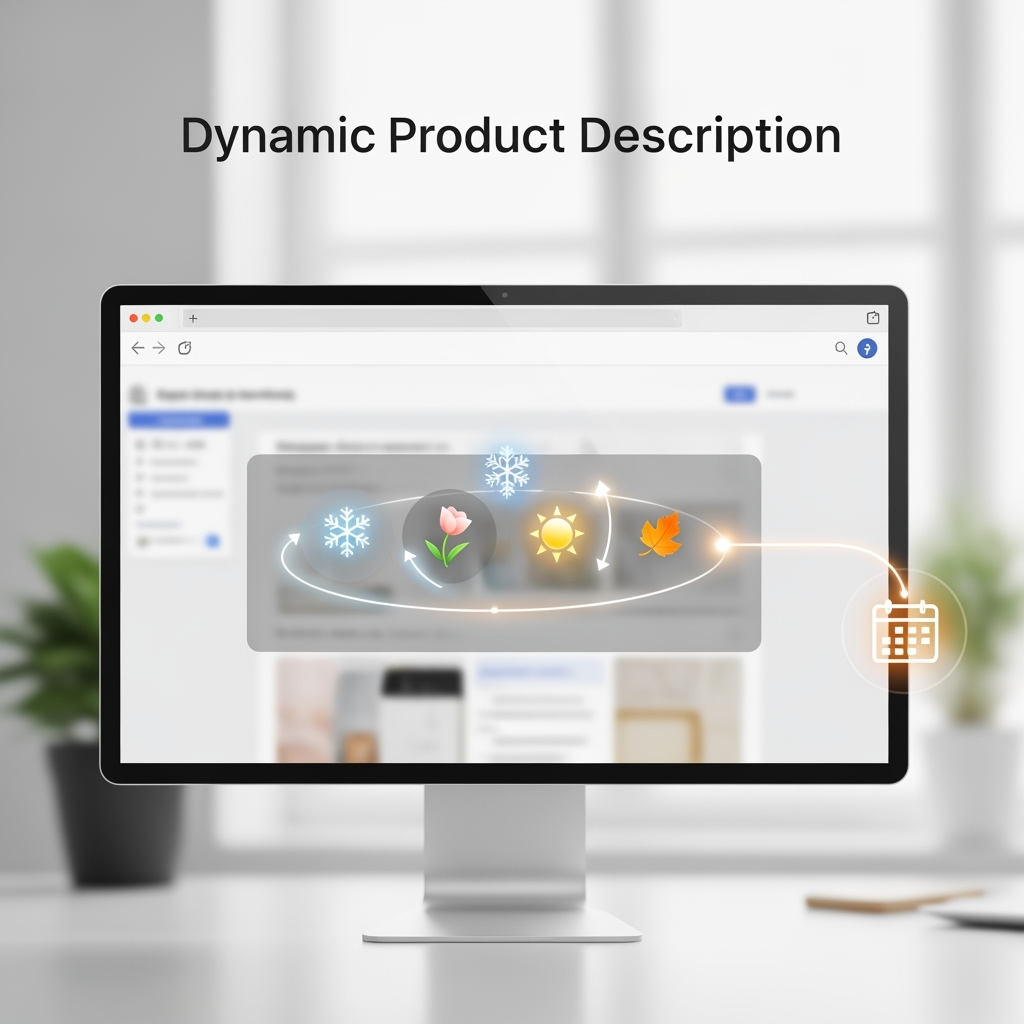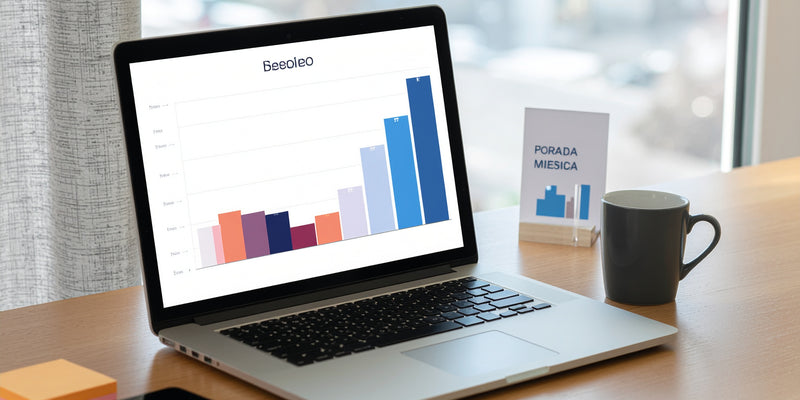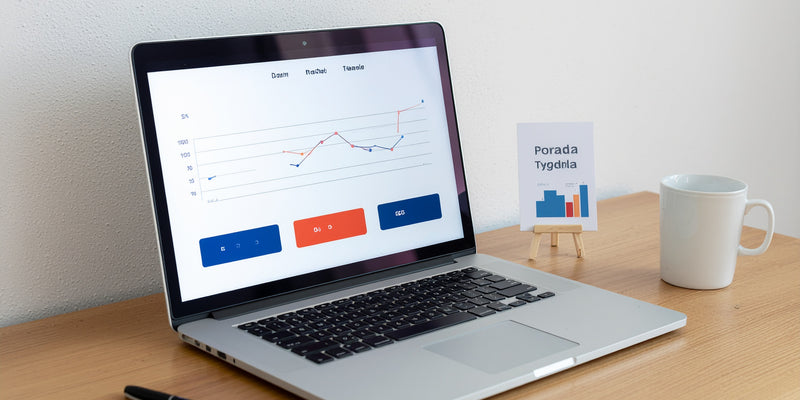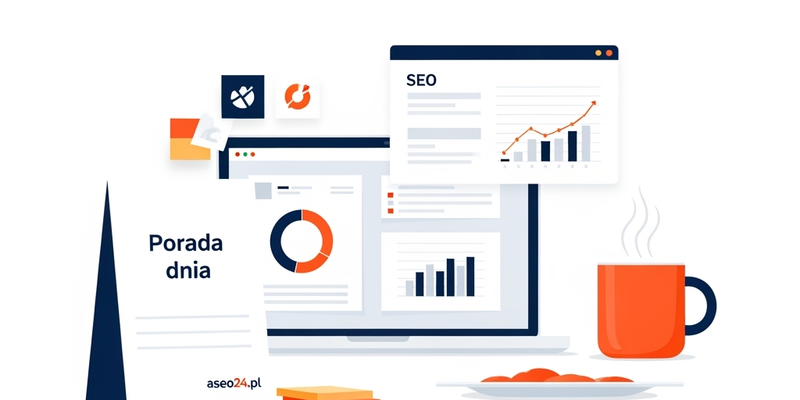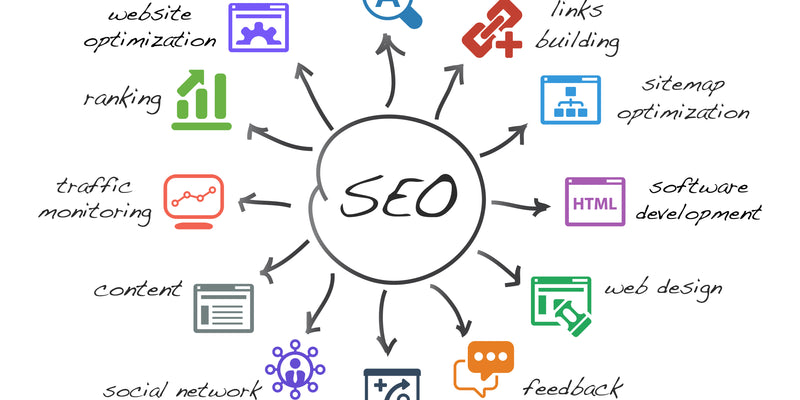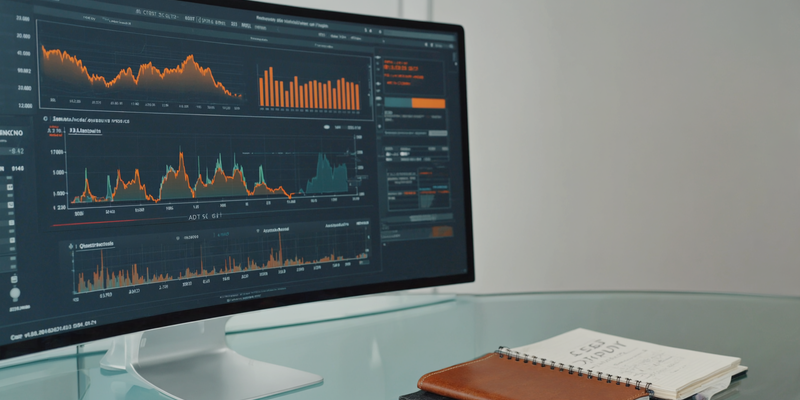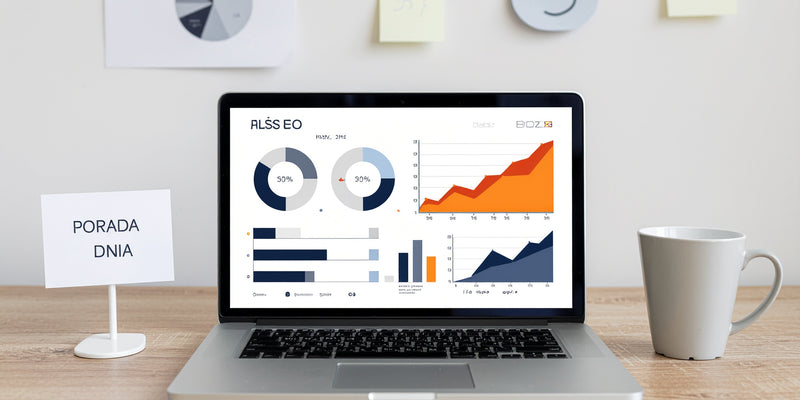
SEO Audit: Your Starting Point
Every effective SEO strategy starts with a solid diagnosis. Run a comprehensive technical audit of your site today. Use the free Google Search Console to check for indexing errors and mobile usability issues. Use tools like Screaming Frog (free for up to 500 URLs) to identify broken links (404s) or duplicate titles. The results of this audit will be your guide for the entire month.
